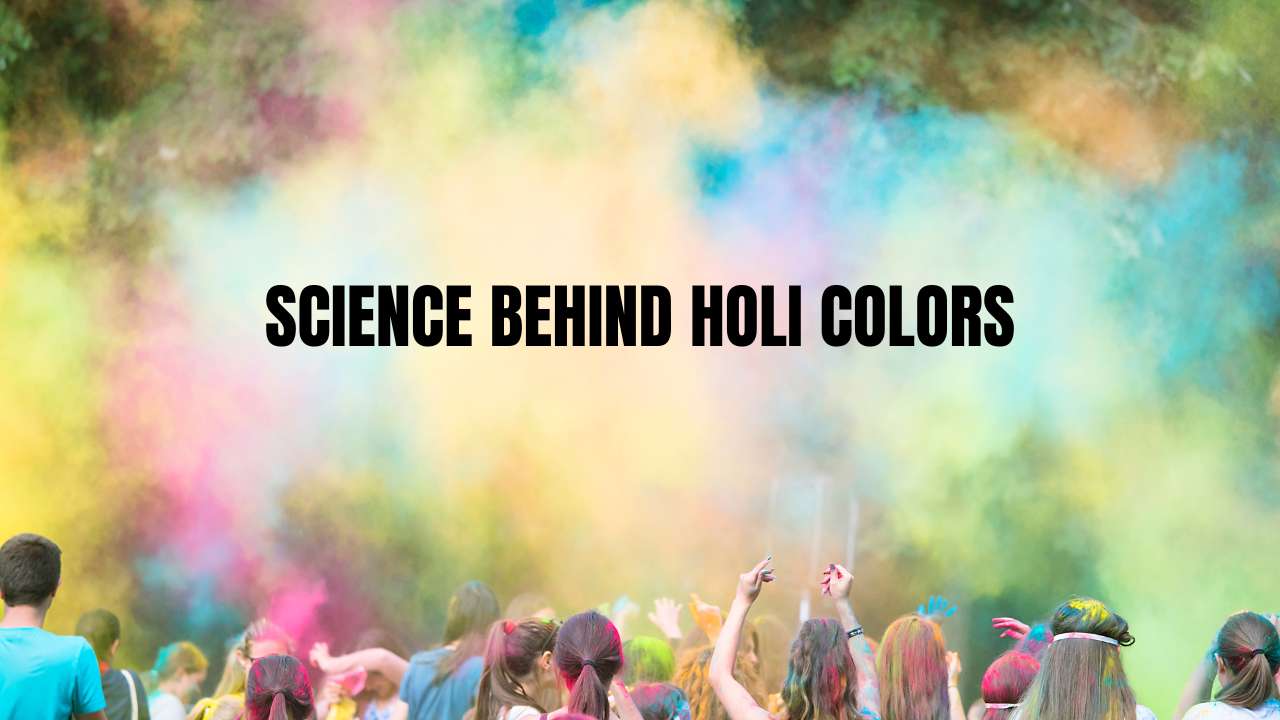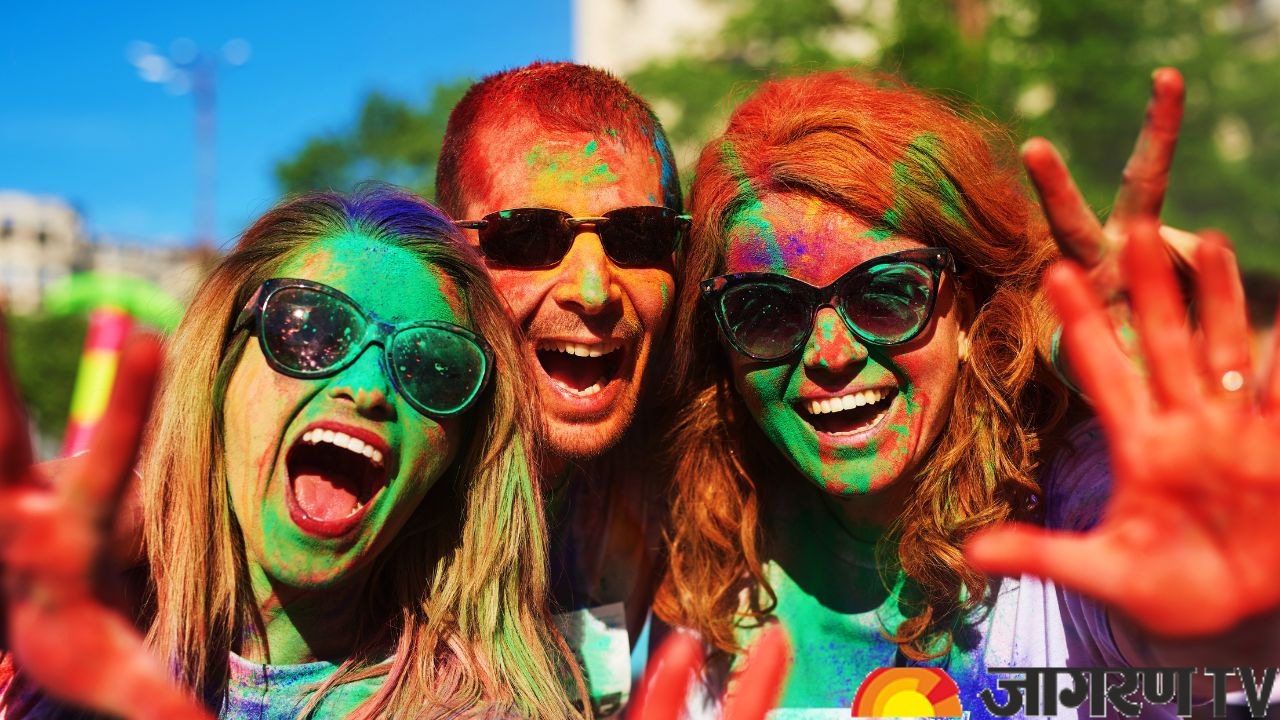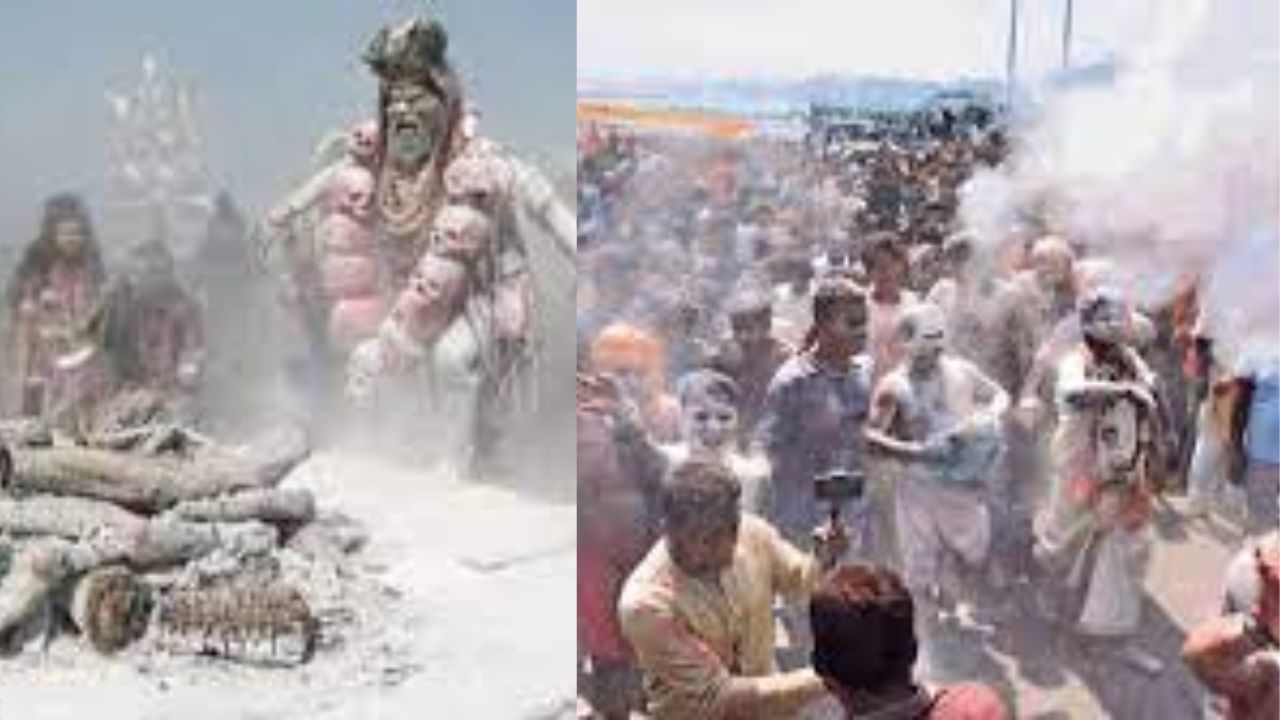Science behind playing with Colors on Holi, India’s ancient medical science way ahead of time

Science behind Holi celebration: It's that time of the year when heat starts making waves and cold tries to fit in the schedule, when birds chirp a little louder and sun plays hide and seek with the cloud. Spring has arrived and to celebrate the arrival, Holi is peeking right from the corner. In just 7 days India will celebrate the most exciting festival of colors HOLI. The celebration of which is already speeding up. While Holi remains one of the biggest festivals in the world, many have no idea why the festival holds so much significance and why playing with colors is not a waste of time, money or material. The real science and idea behind the celebration of Holi might make you feel proud of ancient Indian medical science which was way ahead of time.
Science behind Holi colors
Why is Holi celebrated?
Before moving on to the significance and science behind Holi colors, let us explain to you why Holi is celebrated in the first place. Since we all know that Holi generally falls in the transition period, which means it occurs in the middle of Winter’s Goodbye and Summer’s hye-shy, the time which we refer to as ‘our dear spring’. The period witnesses the growth of germs both within and outside the body. So, when the holika is burnt the temperature in the surrounding rises by 50–60 degrees. And just when you do the parikrama (make a circle around the holika) heat from the fire purifies and eliminates the microbes in people's bodies and detoxifies the atmosphere.
So why the dhol-nagara & dance all night?
This is done to rejuvenate the body and fuel the energy. Medical science claims that due to the seasonal change and uncertainty in weather conditions, people become lazy and tardiness surrounds them. To overcome this laziness, they sing songs and dance all night, joking, laughing and being playful while playing traditional instruments like the dhol, manjira, and others. This helps people engage in some physical activity.
Why do we play with colors on HOLI
Now, coming to the main topic of the article, why play with colors if bacterial reason is already solved with Holika Dahan. Our ancient medical science was so way ahead of time that they already found out that colors have a unique way of curing human body deficiency. According to biologists, colour treatment involves applying various hues to the body. The colour is said to penetrate the pores and boost the body's ions. Including that colour in the diet or taking a supplement can help treat diseases brought on by a lack of a specific colour. Unlike present day holi colors which are made of harsh chemicals, people in ancient times used to play with natural colors which were made of natural and kitchen ingredients.
For an example yellow color was created with turmeric, similarly neem, mehendi, indigo, Indian berries, hibiscus, spinach leaves, beetroot, gooseberry, grapes, sandalwood, pomegranate,daffodils, dahliah, saffron, henna, bilva leaves etc were used to make different types of colors which were pure organic. Color powders derived from these all-natural sources were fun to fling and pour and are therapeutic for the body. Hence boosting the physical health and aesthetics by strengthening the ions. The season of transition brings a lot of viral diseases and thus rubbing those kitchen ingredients and herbs helps boosting the immunity.
The legend behind holi celebration
As per Hindu legend this day is also significant as it marks the victory of good over evil. We are all aware of the story about Hiranyakashipu and Prahlad and how Lord Vishnu took the Narasingha avatar to reestablish dharma and put an end to religious persecution. Similarly this day offers the opportunity to take lesson from the mythological significance and follow the right path of living and prepare yourself for new challenges as the new season approaches.
Related videos
-
Holi 2023: From Sidharth Malhotra to Kartik Aaryan, here’s how Bollywood celebrated Holi ...
-
Holi 2023: These Holi Events in Delhi-NCR are all you need to celebrate the festival ...
-
Watch: Foreigners dance & celebrate Phoolon ki Holi in Vrindavan, Mathura; ‘Indian culture’ ...
-
Holi 2023: यहां खेली जाती है शमशान में होली, गुलाल की जगह उड़ाते ...









